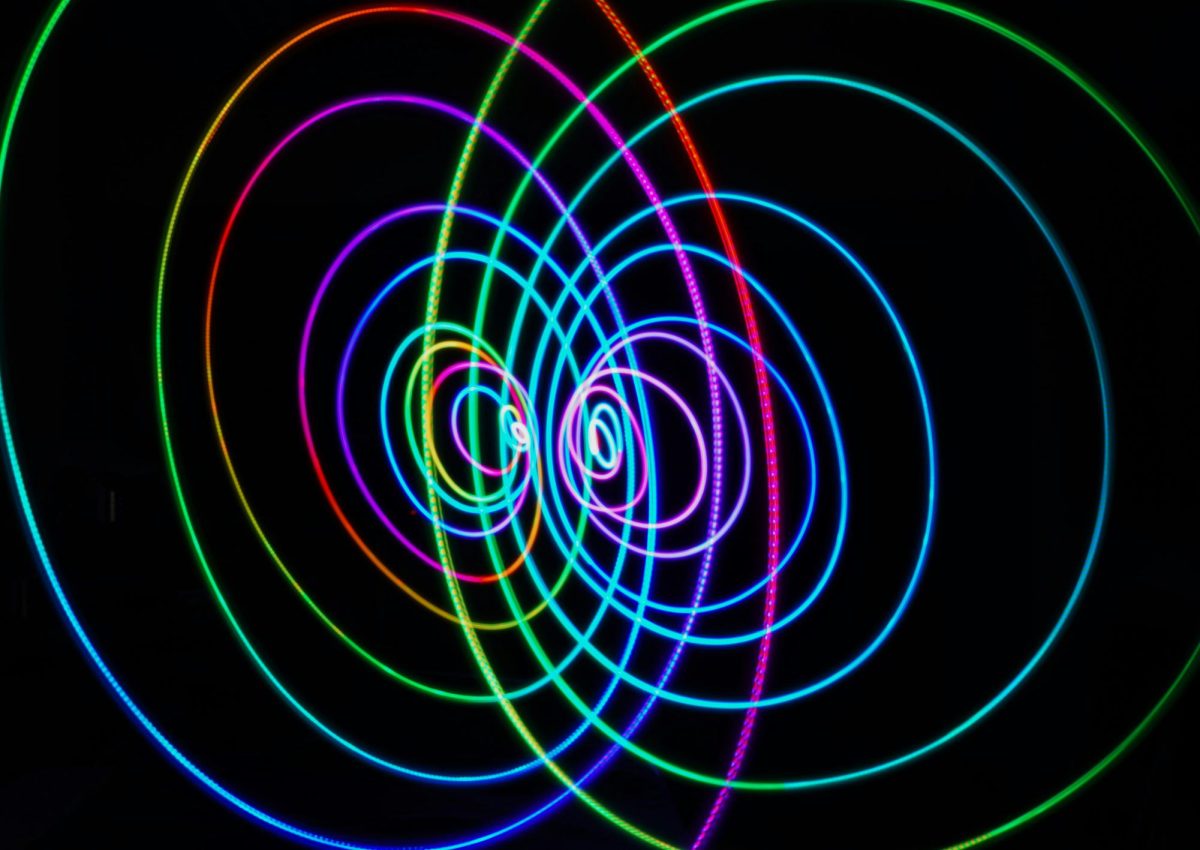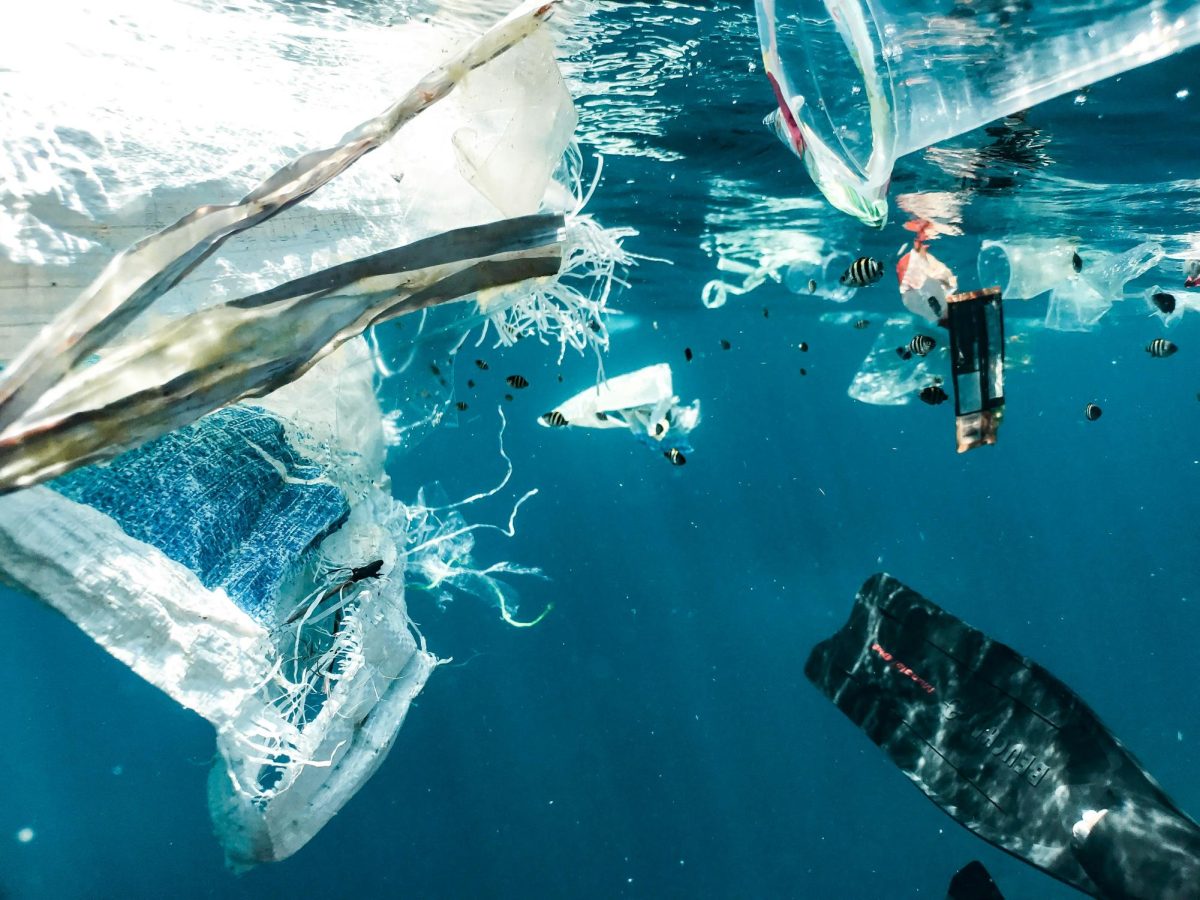In 1895, a man decided to give a large percentage of his extensive fortune to fund prizes commemorating the achievements in areas of medicine, sciences, humanities and literature. That man’s name was Alfred Nobel. As of today, more than 600 Nobel Prizes have been awarded to individuals who push the boundaries of human knowledge. The Nobel medals honor breakthroughs that shape the world we live in today – particularly in fields like Physics, which Nobel himself valued for the immense insights it gives us in understanding the mysteries of the universe.
This year, the esteemed medal was awarded to two pioneers of a technology that completely changed the course of humanity. John Hopfield and Geoffrey Hinton received the Nobel Prize (and 11 million Swedish króna, or about €950.000) ”for foundational discoveries and inventions that enable machine learning with artificial neural networks” – a decision that created a heated commotion within the physics community.
What was their research about?
Although Hopfield and Hinton shared the prize, the two scientists worked on separate projects.
Hopfield, an emeritus professor at Princeton University, has been a pioneer in the field of computer science since the 1980s. Together with Richard Feynman and Carver Mead, he created and taught the Caltech course “The Physics of Computation”, which inspired a collaboration between him and Feynman. Subsequently, Hopfield co-founded the “Computation and Neural Systems PhD program” at Caltech. In his 1982 paper, “Neural networks and physical systems with emergent collective computational abilities”, he detailed a system of artificial neurons (designed to mimic our brain) with binary neurons that could either be on or off – also called the Hopfield network. It can learn and recall patterns by adjusting the connections between these neurons using mathematical functions. The model is also able to correct and restore incomplete or “noisy” patterns, making it a good tool for image recognition.
Building on his neural network, Hopfield was also one of the first to define the critical brain hypothesis: criticality defines how a system is at a “critical point” between total order and utter chaos. Small changes in this system can lead to great effects. Applied to the brain, or artificial neural networks, this means that they are able to self-organize without external input, and proactively adapt to new patterns and situations. This provides insight into how neural network’s learning efficiency can be increased.
Hinton, titled the “Godfather of AI”, is a recipient of the highly esteemed Turing Award, the “Nobel Prize for Computer Science” (Interestingly, his great-great-grandfather was George Boole, a logician who is the namesake for the True/False variable class often used in programming!). Starting his studies in Psychology at Cambridge University, he soon transitioned to computer science; after his PhD in artificial intelligence in Edinburgh, he founded the Computational Neuroscience Unit at University College London and went on to participate in Canada’s Artificial Intelligence, Robotics & Society research program and later lead a program in Neural Computation and Adaptive Perception. Using statistical physics, he created the famous Boltzmann machine with fellow researcher David Ackley. Boltzmann machines, a type of artificial neural network, are specifically designed to solve complex problems by simulating physical systems. They are an unsupervised deep learning model, where all nodes are connected to each other and can exchange information. This makes them able to make stochastic decisions, which is especially useful in optimization problems and pattern recognition.
What is their impact?
Both John Hopfield and Geoffrey Hinton revolutionized the field of artificial intelligence, introducing artificial neural networks that were highly based on physics concepts. By laying the groundwork for the machine learning the AI-revolution we are currently in requires, they were both visionaries in the field – establishing the foundation of many ubiquitous tools, such ChatGPT. The Nobel Prize was awarded to them for their seminal papers and their immense contributions to machine learning during their careers.
So they are both pioneering geniuses. Why is there a debate?
Although Hopfield’s and Hinton’s achievements in their field are undeniable, their nomination sparked a heated debate across the physics community. Many are confused as to why the two laureates were chosen, since their research does not fit into a conventional view of physics concepts. Even the two scientists themselves were “flabbergasted” at their nomination. However, Hopfield’s and Hinton’s research is heavily based on physical concepts, namely spin glasses (Hopfield) and statistical mechanics (Hinton). A “spin glass” is a field where magnetic atoms are randomly placed, and point in different directions, which would not happen in a “normal” material (as they would all point in the same direction). Statistical mechanics is a concept that combines statistics with quantum mechanics and is especially influential in thermodynamics.
The foundational nature and physics backbone of their research provides a compelling justification for the scientist’s awarding – even if their work does not correspond to a traditional idea of what it means to be a physicist. This year’s Nobel Prize thus reflects not only the vast applications of physics, but also the growing interconnectedness of all disciplines, blurring the boundaries between scientific fields and widening our horizon of modern research.






